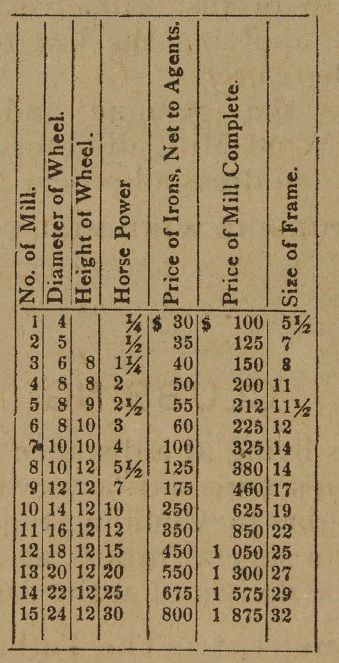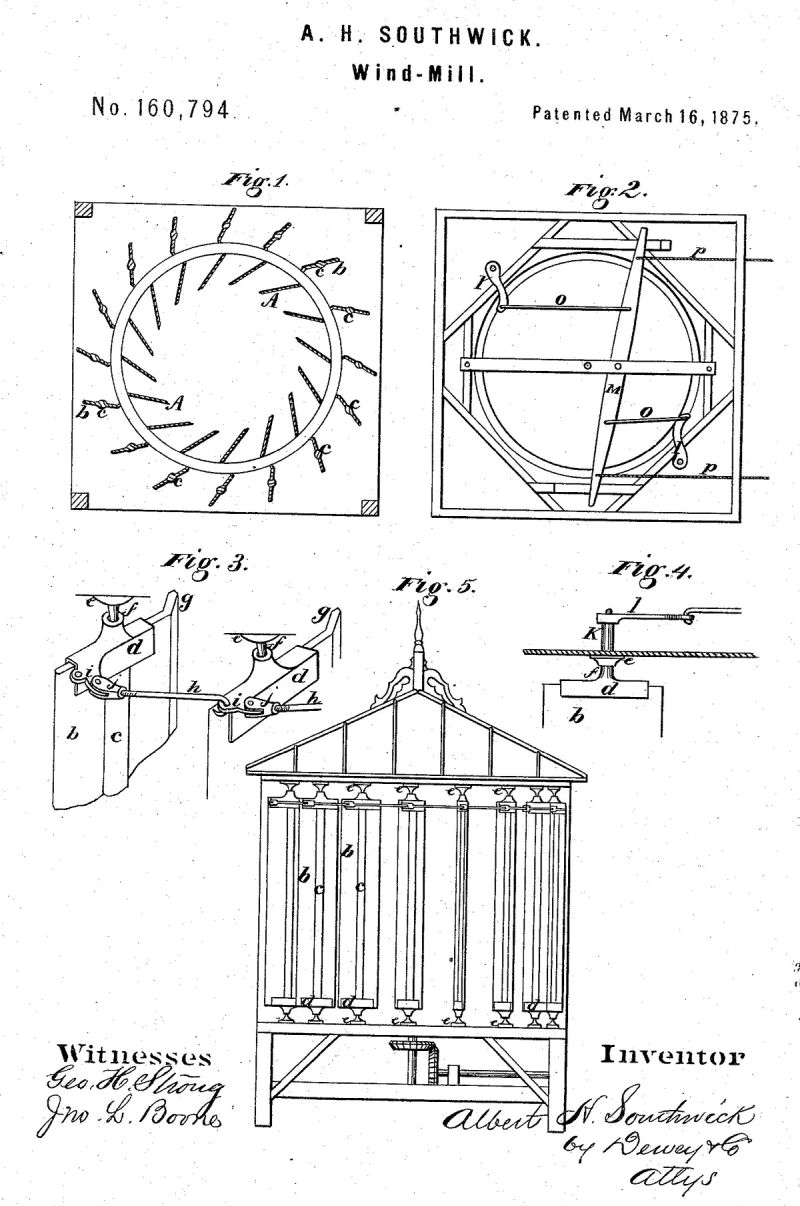Howdy friends,
After many months of research and design (and wanting to spill the beans, but had to wait), I’m glad to say I’m embarking on a new build project. The subject matter came up some time ago when I noticed an odd tower / tank arrangement in a couple V&T RR photos taken at Mound House, NV.
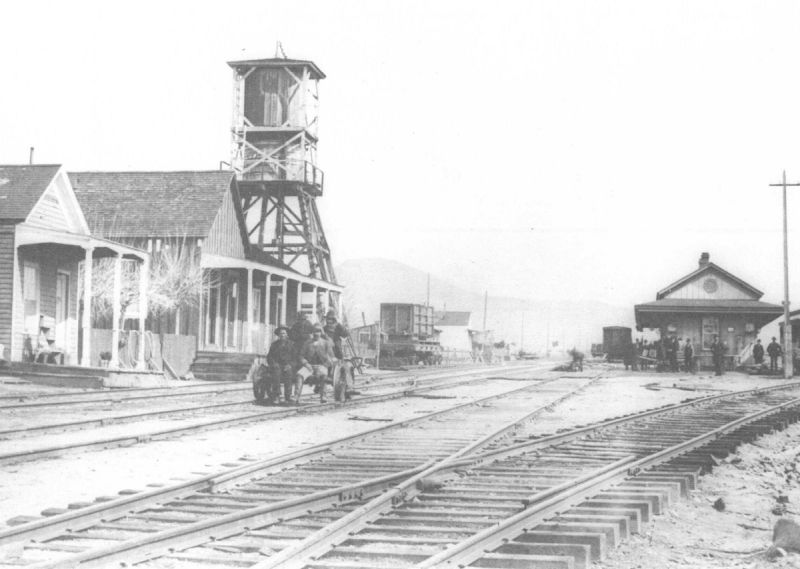
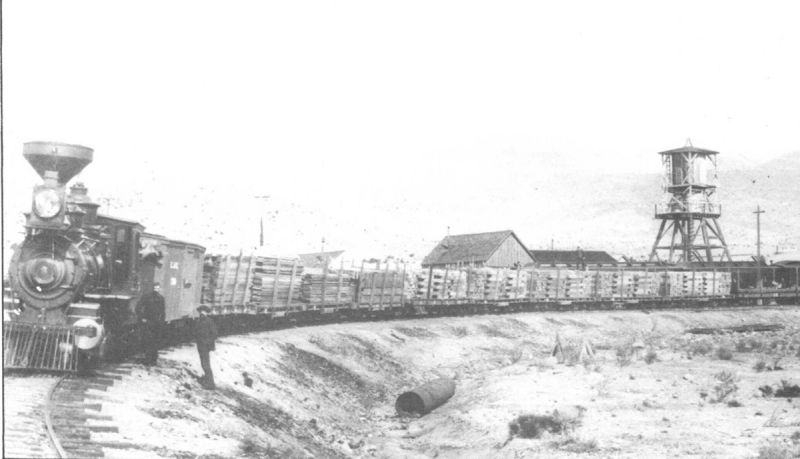
BTW, the full images can be seen at WNHPC.com, here and here.
At the time I first saw these, I thought that was just a RR water tank of some sort. But thanks to the V&TRR historical society’s newsletter, I learned (maybe a year ago) that this structure was actually a vertical windmill which pumped well water up into a tank just beneath its rotor. Here’s a few advertisement snippets of the day.
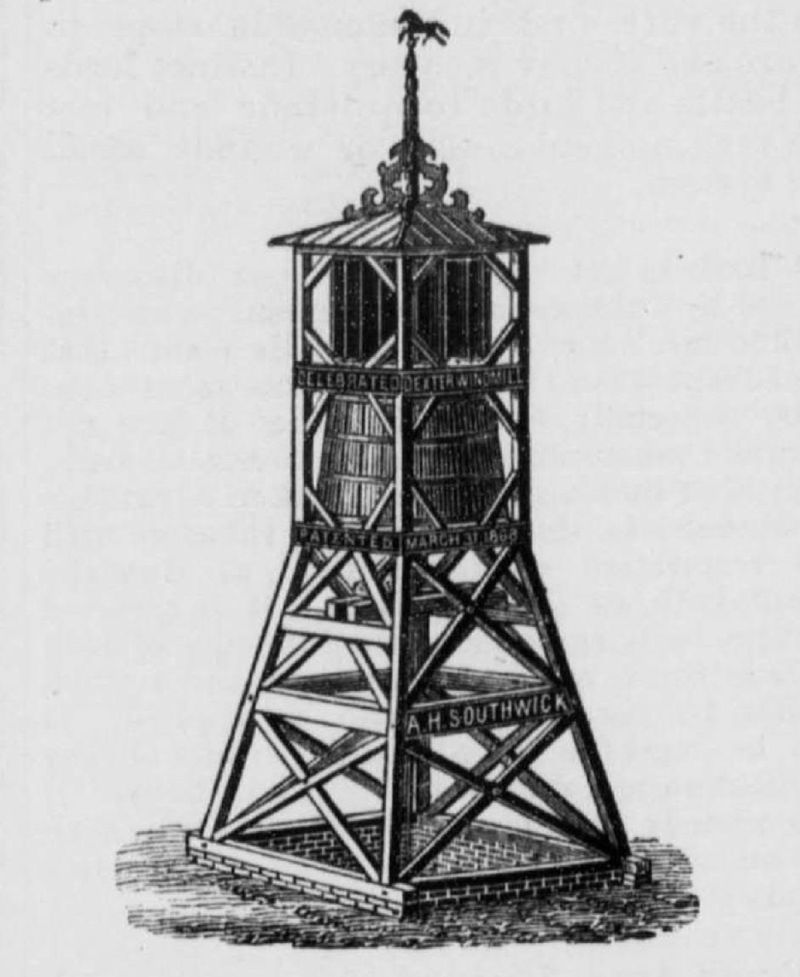
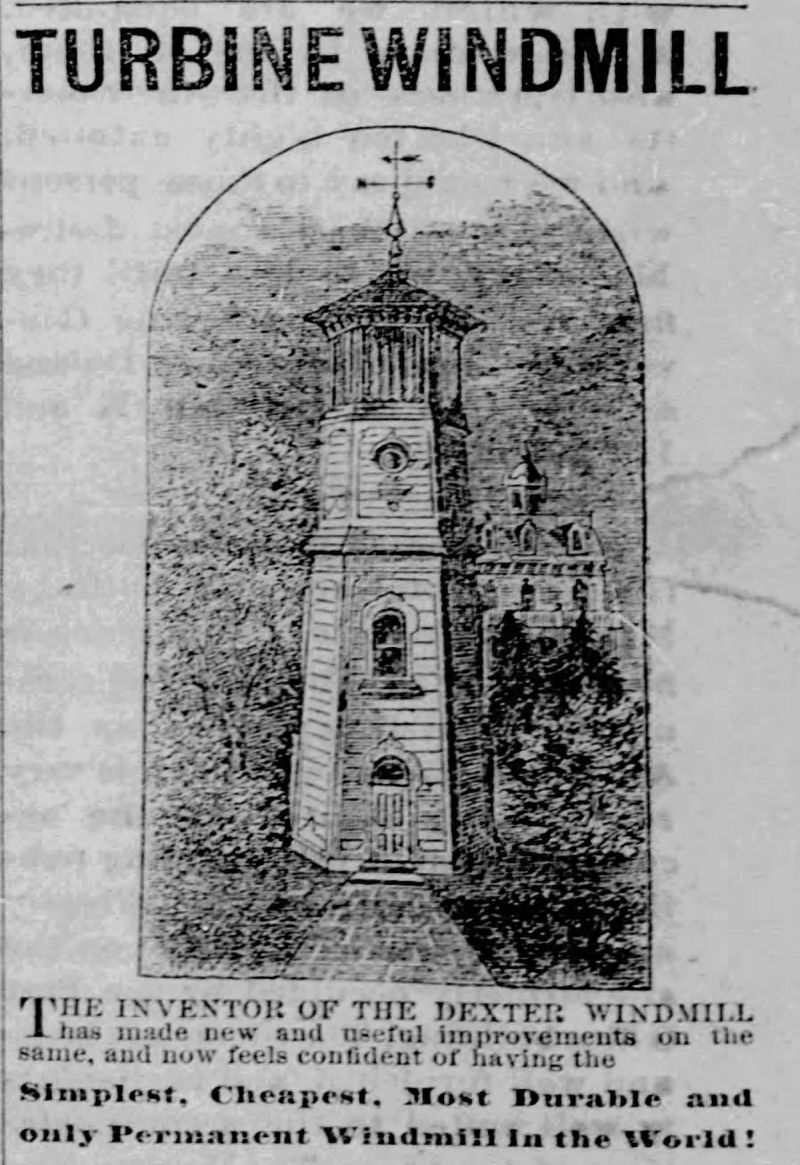
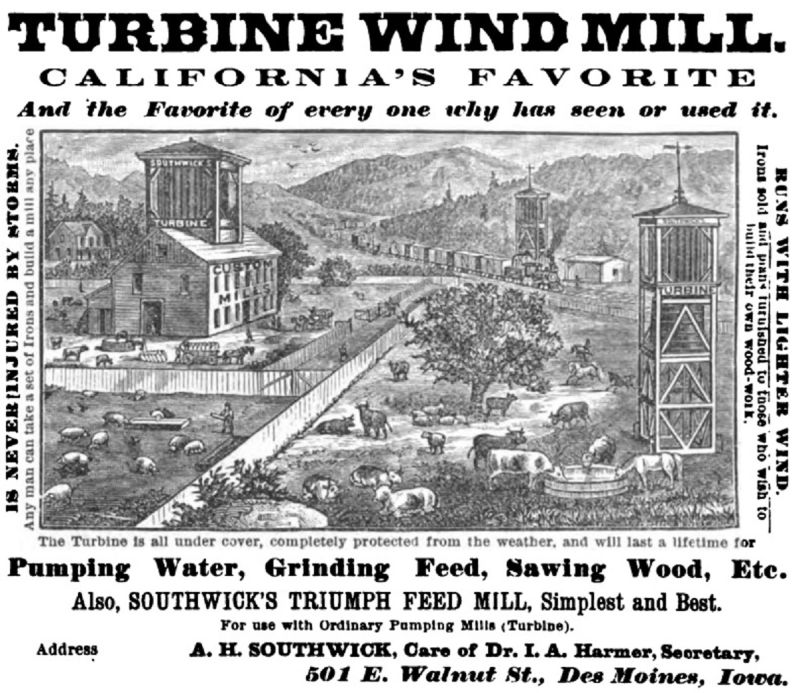
Last summer I did a swan dive into the history of this mill, its inventor (Albert Southwick), and related stuff. Let me know if you care…
This all relates to my RR hobby in several ways, with the first aspect being the fun of researching something deeply, which has led to some interaction with folks rebuilding the only remaining example of this – in Australia. And, believe it or not, there is a working replica right near me – in southern PA! V&T history-wise, I’m signed up to do a talk on this topic at next year’s conference.
But the main thing, I need to get cracking on the (hopefully working) model. It will be non-compressed 1:24 scale, which means it will be (to the top of the flag pole) about 45" tall.
Since the thing has to fit in my checked baggage, the base will be snap-together (and packed in a flat pile) acrylic. I’ll put it together in the hotel next year, along with its brass bits which include the (thin) shutter pull-rods, up and down water pipes, and the pump drive shaft (rear right).
The business end of the windmill consists of (from top to bottom) the tank, turbine & shutters, linkage (under the roof), and roof / flagpole.
Here’s the linkage, with the drive arm being moved by the vertical pull rods (by way of cables, only partially modeled).
The linkage in-between the shutters:
Here’s the turbine itself, which caught the wind from any direction, both when it entered is blades and exited from them.
Below the turbine is the water tank. The main turbine bearing, with its pulleys and belt, are just above it.
Like I said, I’m hoping to make this a more-or-less working model. I say that because the variable are legion, such as having to guess at all the details, and needing to make the thing buildable as a model (and luggageable on the plane). So, lots of compromises, as usual; that’s just part of the game.
Schedule-wise, I have a ton of other stuff to do this year on the layout (which I’ve promised my lovely wife I’d get to, and that this windmill thing wouldn’t interfere with). So I’m putting this into (for me) comparative overdrive. I’m thrilled to report that as of today, all the following are complete:
- Acrylic material order and laser patterns
- 3D printing models and orders
- Wood part drawings (stock already on hand)
- Brass part drawings & stock orders
- Commercial part orders
I’ve been wanting to post on this since last spring! So I’m happy that time has come. Thanks for your interest, and please feel free to make my day and ask questions!
===>Cliffy
